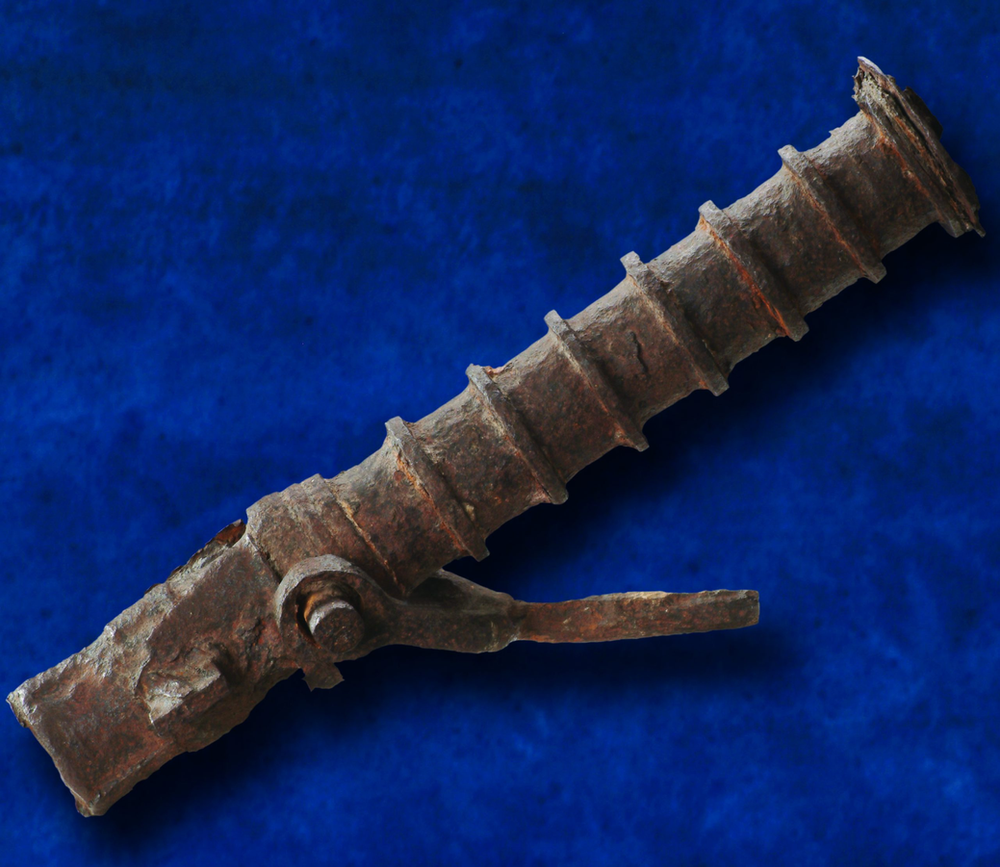
Unlike what films would have us believe, not all pirates carried on like Jack Sparrow. In fact, most of them were very ordinary men that lived in coastal communities who took up a spot of piracy when other work was thin on the ground. Piracy you see, was a seasonal activity, usually conducted by ordinary sailors when legitimate work dried up. These men had families and lives back in Ireland and the towns and villages that aided and abbetted them were vibrant communities with long-spanning traditions of activity just a little to the left of legal… Read on to see what piracy looked like throughout our history here on the south coast.
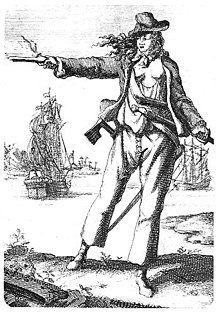
As an island, piracy has a long tradition in Ireland. The Vikings were pirates in their own sense of course so Waterford as a port city has seen more than our share of swashbuckling vagabonds. Munster was always the key province in Ireland for pirate activity – Cork in particular. Most of the traces of pirates and smugglers that can still be seen today can be found along the southern coast in Cork, Waterford and Wexford. The southern coastline was ideal for this kind of activity as it provided ample sheltered inlets and towns that didn’t so much mind the origin of the goods you were trading to them. Among them, perhaps no town on the south coast had a closer connection to piracy than Baltimore in Co. Cork. For generations Baltimore was a major pirate town, with all the women of the area reputed to be either wives or mistresses of pirates.
Baltimore was in the territory of the O’Driscolls, the great Cork clan who were known for getting up to pirate activities in their spare time – in fact it was their seat of operations. The O’Driscolls were great enemies of Waterford during its history and crop up in the city records for a number of reasons throughout the medieval period. In 1368 they made to attack the city but the Mayor, having heard rumours of their impending arrival, went out to meet them with an army of his own. More than 106 men were lost on the Waterford side in this bloody battle, including the Mayor, who was hacked to pieces by these pirate lords. Later in the fifteenth century they once again made life difficult for the people of Waterford by charging ‘black rent’ – essentially protection money – for the right to fish the huge herring shoals off the south coast. As Waterford was the most major city on the south coast at the time, they of course also claimed fishing rights and the ensuing struggle no doubt led to difficulty.
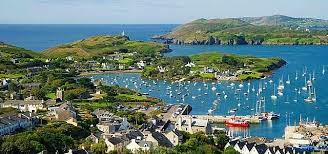
This was an era where the O’Driscolls would have reigned supreme over their territory in the south as there was a major breakdown in rule over Ireland during the mid-fifteenth century. The Wars of the Roses on our neighbouring island set of a chain of power struggles that left Dublin without support to exact rule over the rest of the country and so Waterford found itself as an island out on its own with no protection from powerful Gaelic families like the O’Driscolls and the Powers. Eventually their power dwindled and they, along with Baltimore became less important. The final nail in the coffin of Baltimore as a key port town came in 1631 with the sack of the town by Barbary pirates. These Ottomans came from either Algeria or Morocco and traded mainly in slaves. As such, during their sack of the town their carried off somewhere between 107 and 237 local people to put to work as galley slaves or in harems in the Ottoman Empire. The town never recovered from its loss.
This early history of piracy in Munster proves that it was always more or less a way of life for the people of these coastal communities, but the real golden age of Munster piracy began during the seventeenth century, when King James outlawed privateering and clamped down on pirate ports in the South of England. This caused an influx of pirates into Ireland who were only too happy to pay locals to safely import pirated goods to be fenced through coastal towns. The Munster Plantation had created a system that left many scrabbling to own more land and build more wealth and this led to super landowners like Richard Boyle, the 1st Earl of Cork. We’ve talked about Richard before, but as well as some potentially nefarious activities it is highly suspected that he go caught up in smuggling and piracy as well as a way to extend his reach and expand his wealth. Piracy, especially in an era where letters of marque – essentially piracy permission slips – could be obtained was a very viable option for many looking to make a quick buck. Munster therefore provided the perfect hunting grounds for these displaced English pirates who already knew the Irish coastline well and had experience targeting ships on the way to, and home from, the Americas.
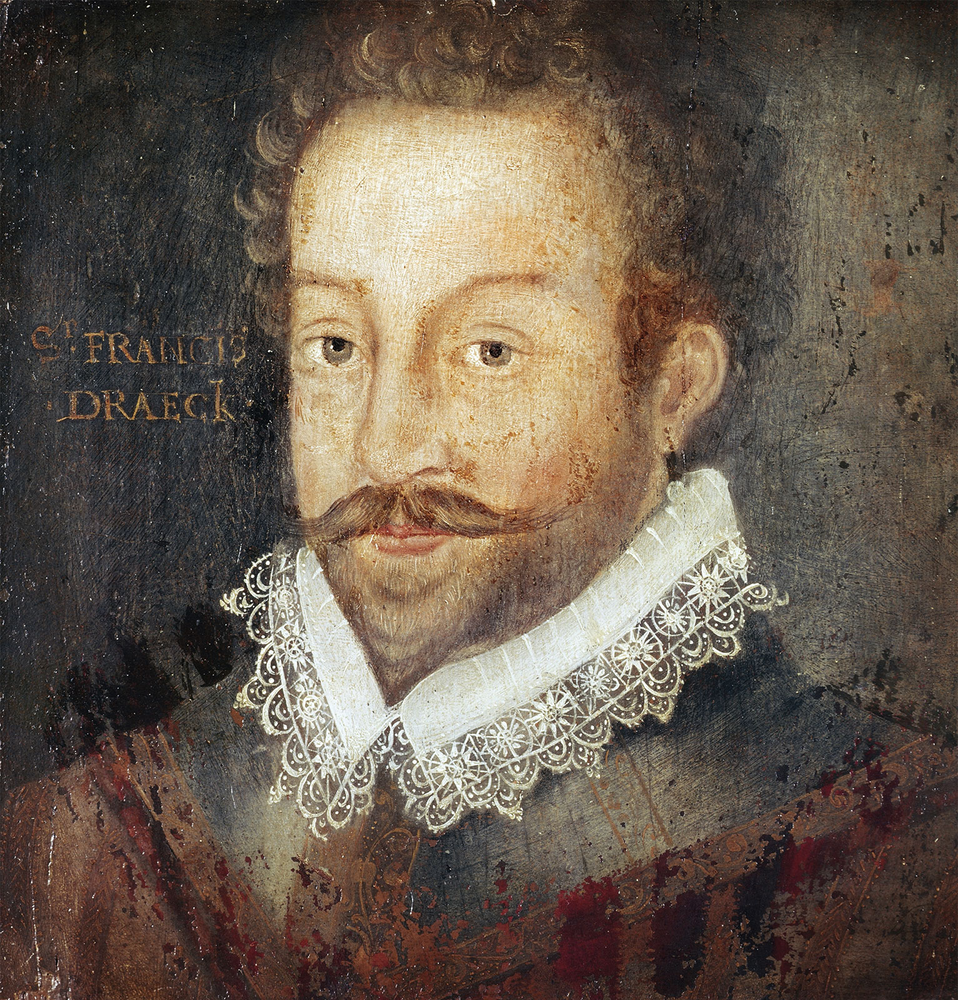
Part of the reason piracy was so successful in Ireland was that an alliance existed, between the pirates and their land-lubber partners in local communities and even in higher administrative positions. Piracy could be a profitable business, especially when your base backs onto the treasure routes taken by the Spanish and the Portuguese, and so to ensure that they could continue to use safe bays like Baltimore, which had two entrances and ample cover, they were all too happy to pay three times the local going-rate for their supplies, pay locals for information, pay off admiralty officers and other English officials and of course, pay locals a decent wage for seasonal work that kept these communities alive.
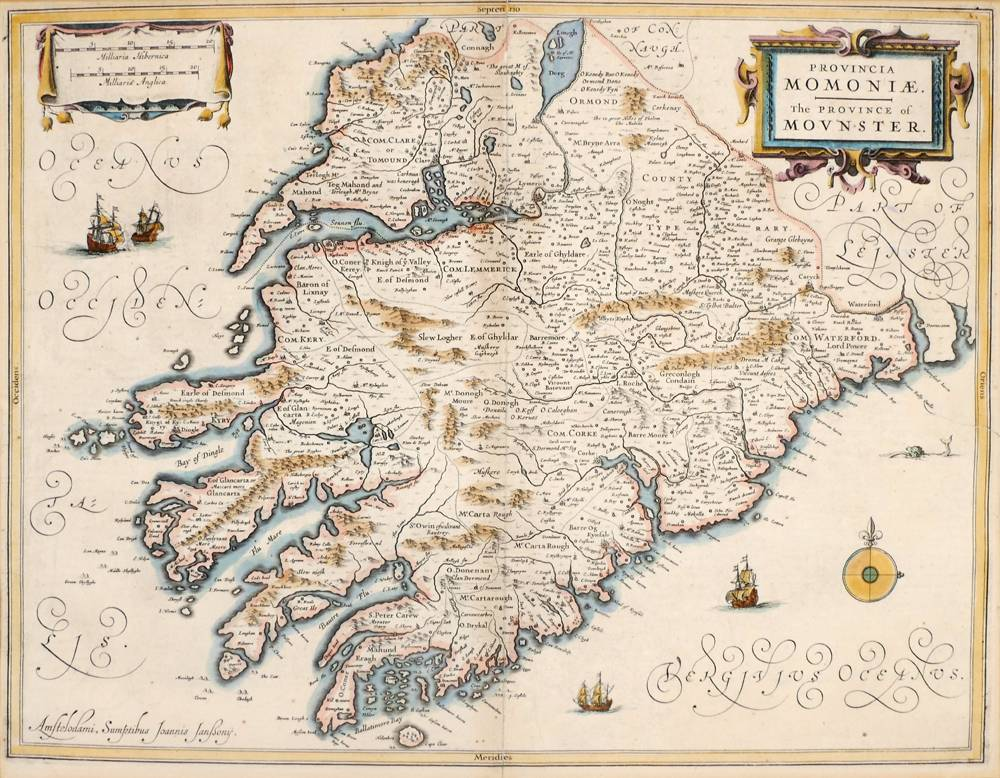
This created an alliance that was mutually beneficial for everyone so long as you didn’t mind a little risk, and in difficult times of economic hardship piracy could sometimes be the only thing keeping these little Irish towns fed over the winter. Many coastal towns and villages depended on smuggled goods just to survive. A large part of the appeal then for pirates setting in at Munster was not the goods on offer there or the ability to build or repair ships over the winter, but was in fact the availability of men – experienced sailors who knew their way around the jagged coastline and were willing to look for work slightly outside the realm of ‘legal’ to support their families and maybe even make their fortune in the process.
So now that we know the history, just what did the day to day look like? For example, what did these pirates eat? Usually fresh food wouldn’t tend to last very long on board a ship for weeks at a time so most pirates would have eaten salted fish and meats and fermented vegetables if possible. All the same it was more or less accepted that towards the latter part of a voyage, any food on board was probably going to have mould on it – nobody said life aboard a pirate ship was pleasant! The best way to ensure fresh food could be had was to keep livestock on board as chickens guaranteed a steady supply of eggs, cows/ goats meant that milk could be gotten to allay the constant stream of alcohol. There was some fresh water kept aboard for drinking, but on the whole, to alleviate the boredom and pass the time as well as make an extremely hard job a little easier, most pirates would have chosen the rum option.
Bathing was optional and probably not a very frequent occurrence given the scarcity of fresh water. On especially hot days some pirates would have been known to take a brief dip in the ocean to cool off, but salt water wouldn’t have been an especially popular option for brushing one’s teeth. Pirates slept and lived in such close quarters anyway that nobody much cared who smelled and after a few days it would probably be difficult to notice the smell at all. The Captain of course would have had his own quarters, but most of the crew would have slept in a single room, either in hammocks that swayed to and fro with the motion of the waves, or simply on the floor.
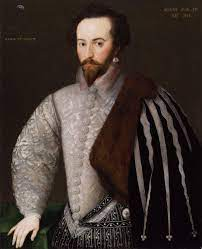
The job itself wasn’t necessarily an easy one either. Most of these men would be experienced merchant sailors with careers already established on ordinary cargo vessels, but this was a simple case of buying goods from one location, trading them for more goods in another and then bringing those good on to another port etc. Piracy was a very different kettle of fish in that the sailing element was still present, but a large part of the job was concerned with fighting – for goods and for your life. Injuries were common and medical care was not exactly up to snuff – we’ve all seen peg-legged pirates careening about on the silver screen. Eyepatches funnily enough, as many of you may already know, were usually less about missing eyes and more likely to help better with seeing below decks. Coming from the blazing sun to the darkness of the bowels of a ship could be a difficult adjustment for the human eye to make, so if you knew you had a fight coming up, making sure that one of your eyes was conditioned to the dark could mean the difference between life and death.
Trading of course was still an important part of the job, and pirates would have taken their goods – or booty – to a variety of pirate ports to effectively get rid of items that might have marked them out. It wasn’t all gold and silver – though those were certainly well appreciated too – most Irish pirates would have traded in a number of goods, both exotic and otherwise. Silks, Chinese porcelain and jewellery were all taken and sold (jewellers in Cheapside in London were all too happy to pay for stolen jewellery) but particularly prized were spices. Nutmeg, cinnamon, and pepper were particularly popular and could be found in ample supply on the Spanish ships coming back from the Americas. Of course not everything stolen by pirates was taken to make a profit either, a lot of it was taken for survival and so their hauls often included food and a steady supply of rum and ale.
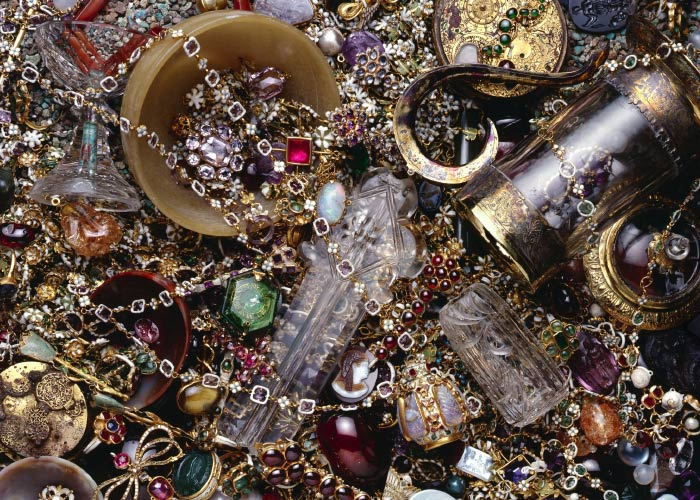
It was a dangerous job, and one which perhaps did not come with the highest life expectancy. For this reason the families of these pirates were often involved in unusual careers themselves back in Ireland. It was difficult to support one’s family year round as a pirate, and the only way to get money back home for part of the year was to send it with acquaintances on other ships heading that way and simply hoping it arrived. One unusual phenomenon for these men at sea was a form of relationship referred to as matelotage, a same-sex partnership between men which amounted almost to the legal definition of marriage. These men, usually crewmates, shared their earnings and even inherit their partners earnings after death. The nature of this relationship is unfortunately, not known. Some believe it to be a kind of insurance policy for young single sailors, others believe them to be legitimate romantic relationships in regular practice between two men in stressful and conflict-filled environments.
Whatever the truth may be, it’s clear that the lives of pirates around Ireland throughout history are far more complicated than they may appear at first glance. The golden age of piracy in Ireland came to an end after a law passed in 1614 made life increasingly difficult for these men. That is not to say that piracy came to an end, as one of the oldest careers in the world the culture of piracy endured along the south coast of Ireland for many years to come, ever-changing, always evolving, always one step ahead of the law – as any pirate should be.


